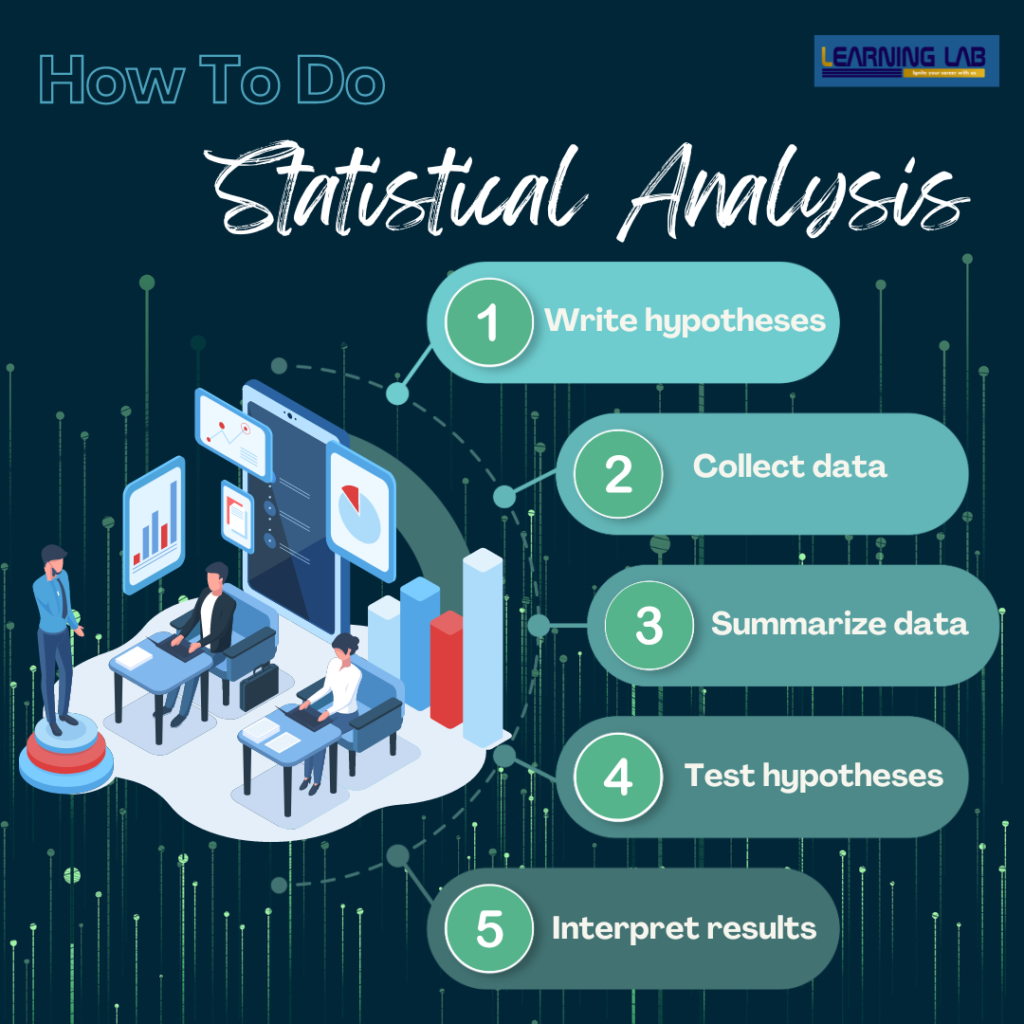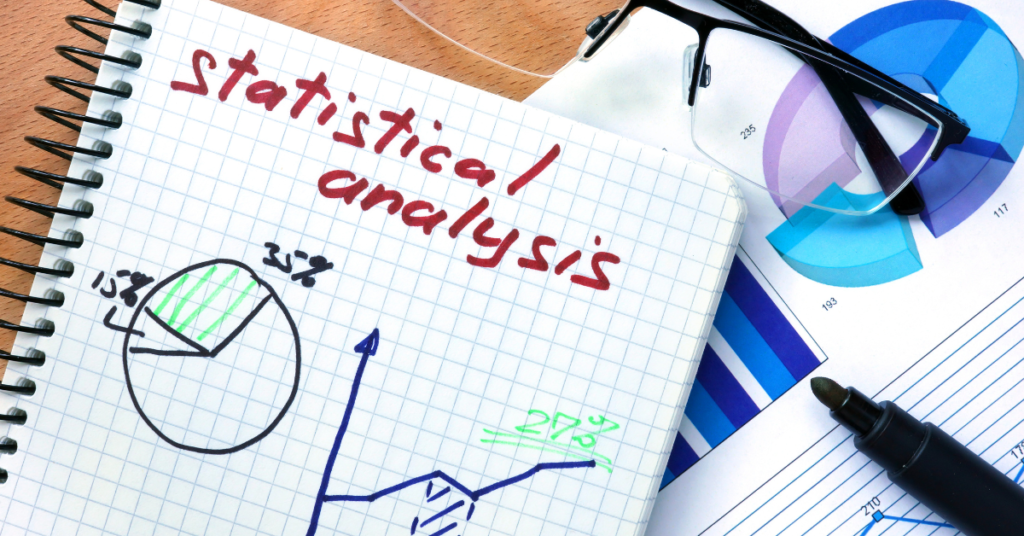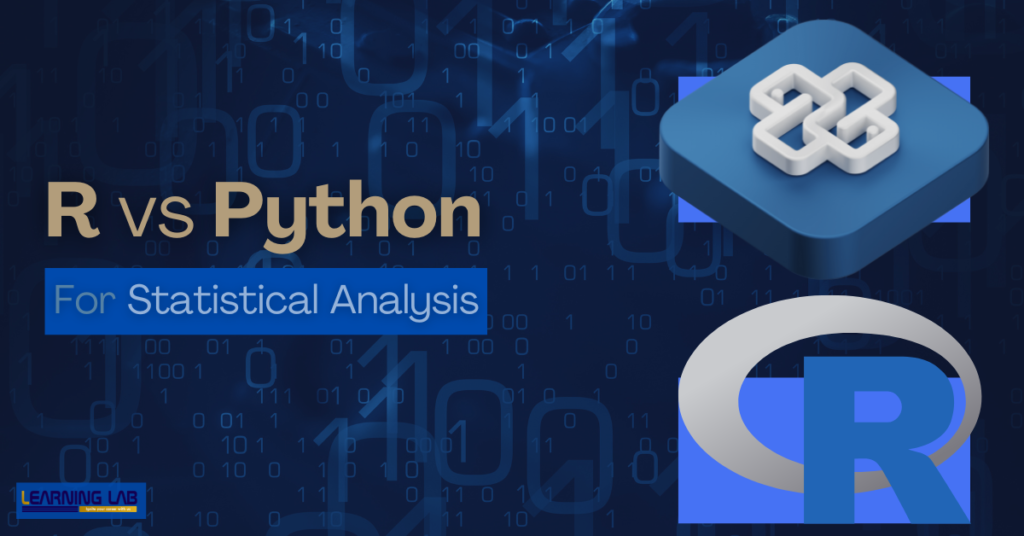R and Python dominate the world of statistical analysis – these two programming languages are powerful tools that offer a range of functionalities, but they come with specific advantages for different kinds of statistical modeling tasks.
If you are a data scientist, statistician, or researcher, the choice between R and Python could significantly affect your workflow and outcomes – so, if you belong to any of these backgrounds, make sure to check out this blog by Ze Learning Labb.
R vs Python For Statistical Analysis
The debate around R vs Python for statistical analysis has been ongoing for years. Both languages are open-source, meaning that anyone can use, modify, and distribute them freely. However, their strengths vary depending on the specific use case.
R has a rich history in statistical computing, while Python is known for its versatility and general-purpose nature. And, knowing the advantages of R for statistical analysis and the advantages of Python for statistical analysis will help you decide which tool is the best for your specific needs.

4 Advantages Of R For Statistical Analysis
R is a language built by statisticians, for statisticians. Its primary focus has always been on providing powerful tools for statistical computing and graphics. Here are some key advantages of R for statistical analysis:
1.Specialised statistical packages: R was specifically designed for statistical analysis. This means it comes with a rich ecosystem of packages that cater to various statistical needs. For instance, packages like ggplot2 for data visualisation and dplyr for data manipulation are highly regarded in the statistical community.
2. Advanced statistical techniques: R is known for its extensive support for advanced statistical techniques. If your work involves complex statistical modeling, such as mixed-effects models or survival analysis, R offers numerous packages and built-in functions that can handle these requirements.
3. Rich community and support: Being an open-source tool with a long history in statistical analysis, R boasts a large and active community. This means access to a wealth of resources, including forums, tutorials, and documentation, which can be invaluable when tackling complex statistical problems.
4. Ease of creating statistical reports: R integrates seamlessly with RMarkdown, which allows users to generate dynamic reports combining code, output, and narrative text. This is particularly useful for statisticians who need to produce reproducible research and share findings with stakeholders.
4 Advantages Of Python For Statistical Analysis
1. Versatility and integration: Python is a general-purpose programming language with extensive libraries for data analysis, such as pandas, NumPy, and SciPy. Its versatility makes it an excellent choice for integrating statistical analysis with other data science tasks, like machine learning and web development.
2. User-friendly syntax: Python’s syntax is often considered more intuitive and user-friendly compared to R. This can make it easier for beginners to pick up and use for statistical analysis. The readability of Python code also aids in maintaining and scaling projects.
3. Wide application beyond statistics: Python’s strengths extend beyond statistical analysis. It is widely used in various domains, including artificial intelligence, automation, and web development. This cross-domain applicability makes Python a valuable skill for data professionals looking to diversify their expertise.
4. Integration with big data technologies: Python has strong integration capabilities with big data technologies like Apache Spark. This is beneficial for handling large datasets and performing complex statistical analyses on big data platforms.

R vs Python For Statistical Modeling: Which Is Better?
When considering R vs Python for statistical modeling, the decision often boils down to the specific needs of your project. If your primary focus is on advanced statistical techniques and data visualisation, R might be the better choice due to its rich statistical package ecosystem and specialised tools.
On the other hand, if you need a tool that offers versatility and ease of integration with other data science tasks, Python could be more advantageous. Its general-purpose nature and extensive library support for data manipulation and machine learning make it a strong contender for statistical modeling, especially when combined with big data technologies.
R vs Python For Statistical Analysis: Which Is the Best Option?
The decision between R vs Python for statistical analysis ultimately depends on your specific requirements:
• For in-depth statistical analysis: If your primary focus is detailed statistical analysis and modelling, R might be the better choice due to its specialised packages and graphical capabilities.
• For broader applications: If you need a language that integrates well with other applications and offers broad functionality beyond statistical analysis, Python could be more suitable.

On A Final Note…
Both R and Python offer several advantages for statistical analysis, and the choice between them depends on your specific requirements and preferences.
R vs Python for statistical analysis highlights different strengths: R excels in specialised statistical functions and visualisation, while Python offers versatility and broader application across data science fields.
Ultimately, the best choice for R vs Python for statistical modeling will depend on the nature of your projects and your personal or organisational goals. Both languages are powerful in their own right and can be used effectively to drive insightful statistical analysis and modeling.





